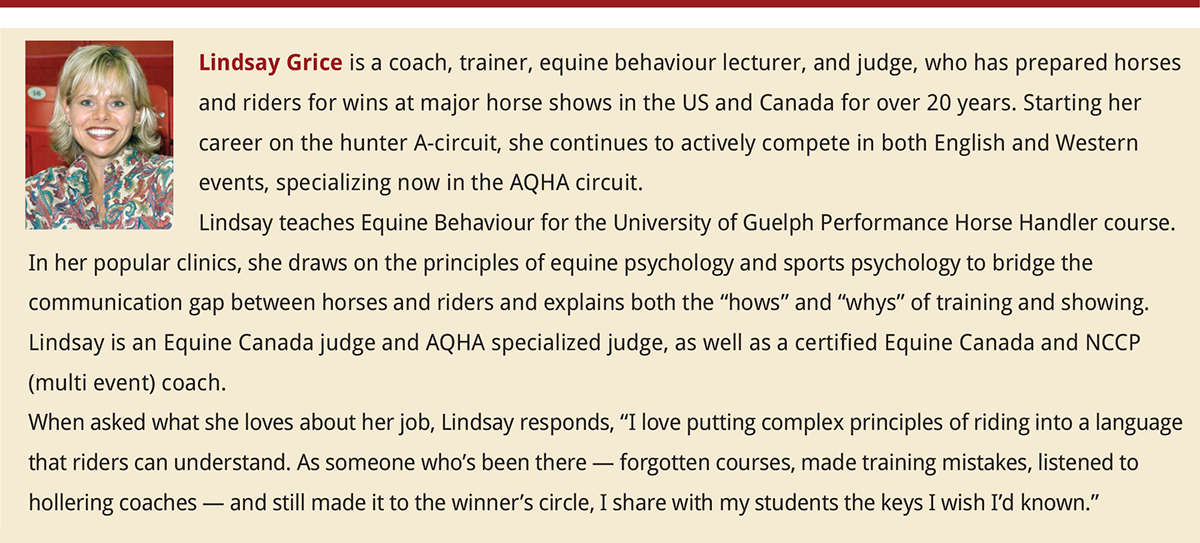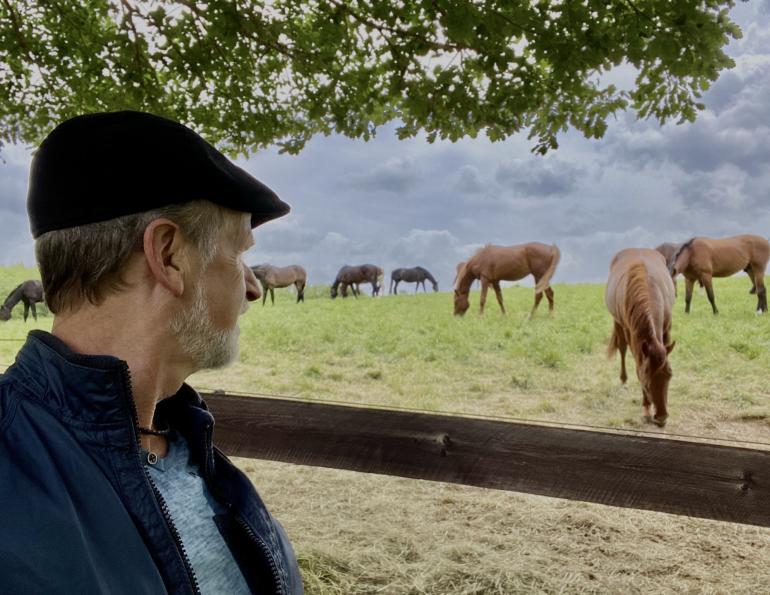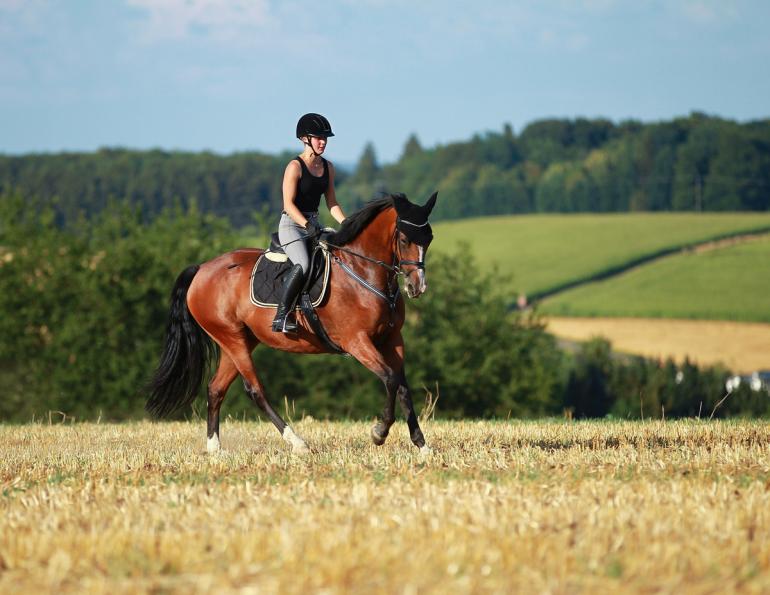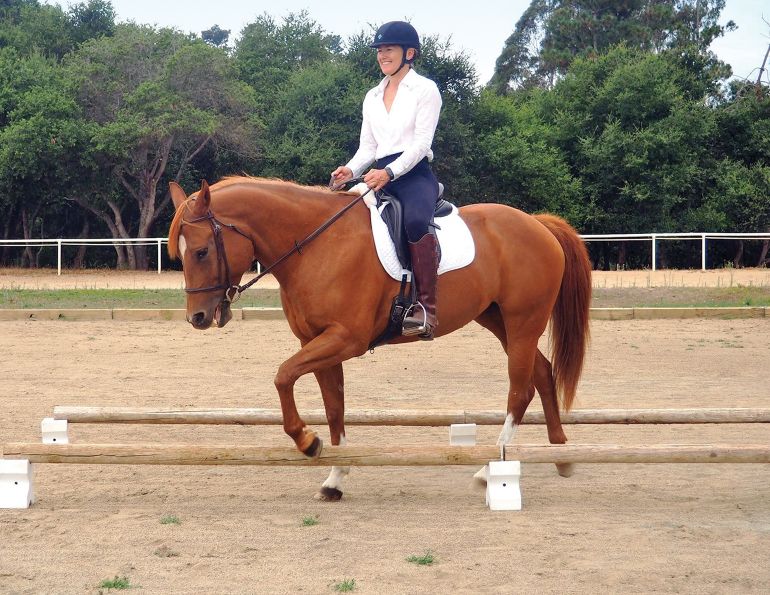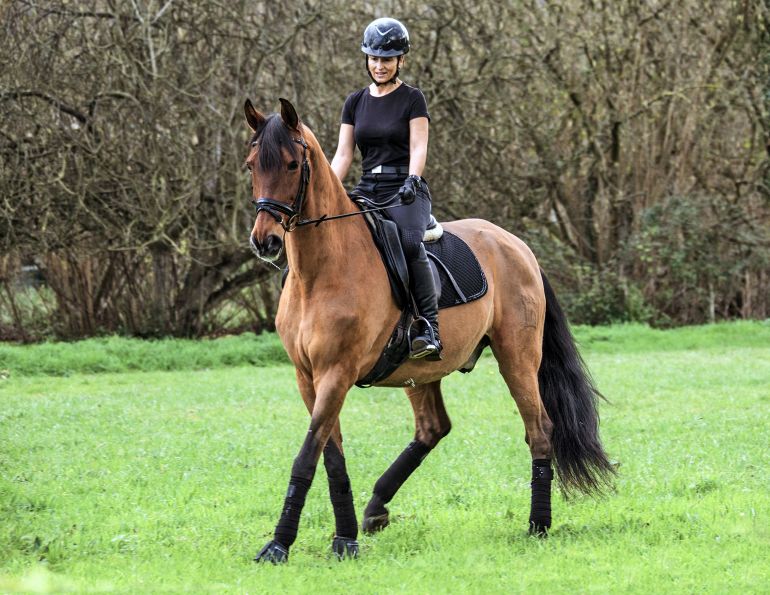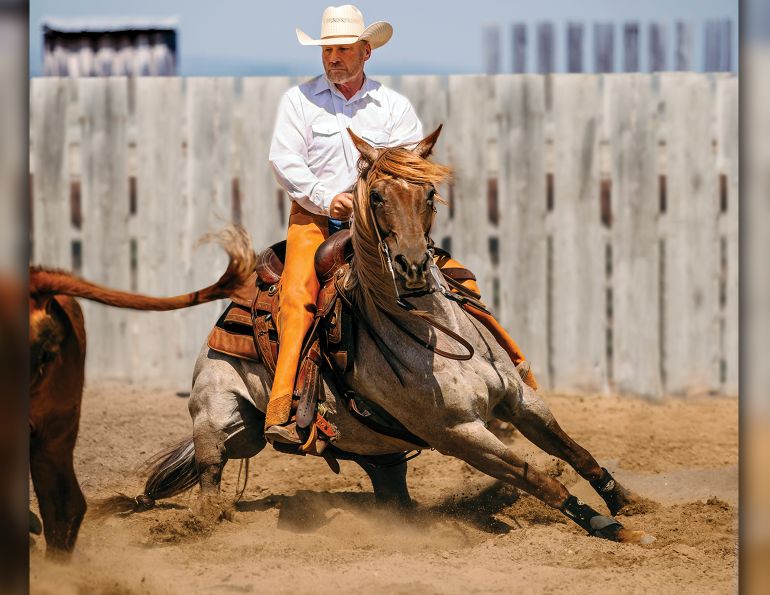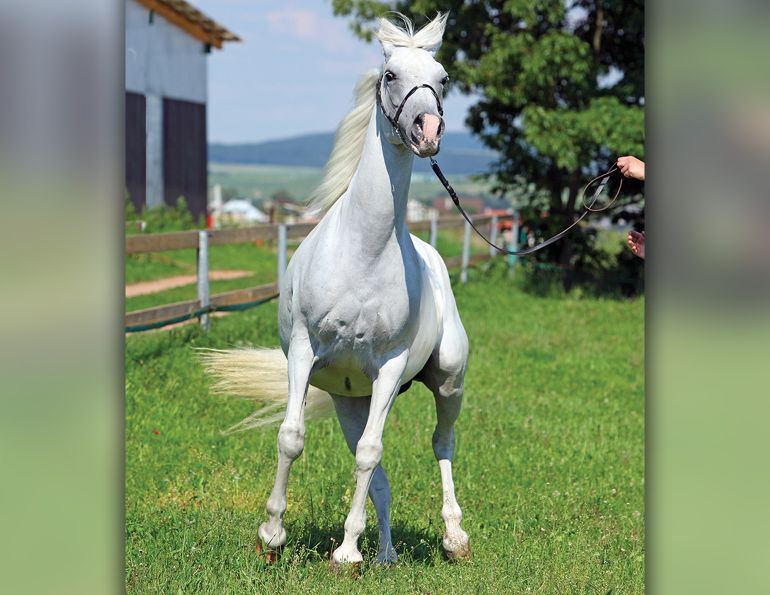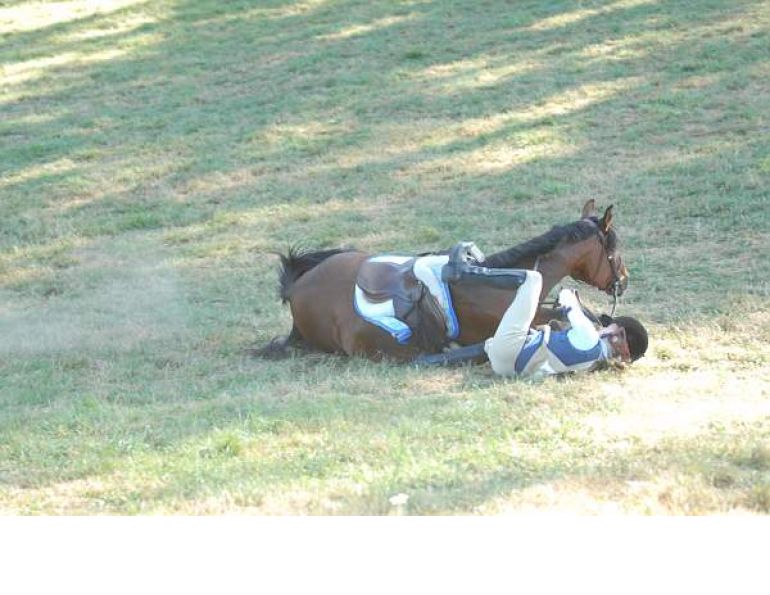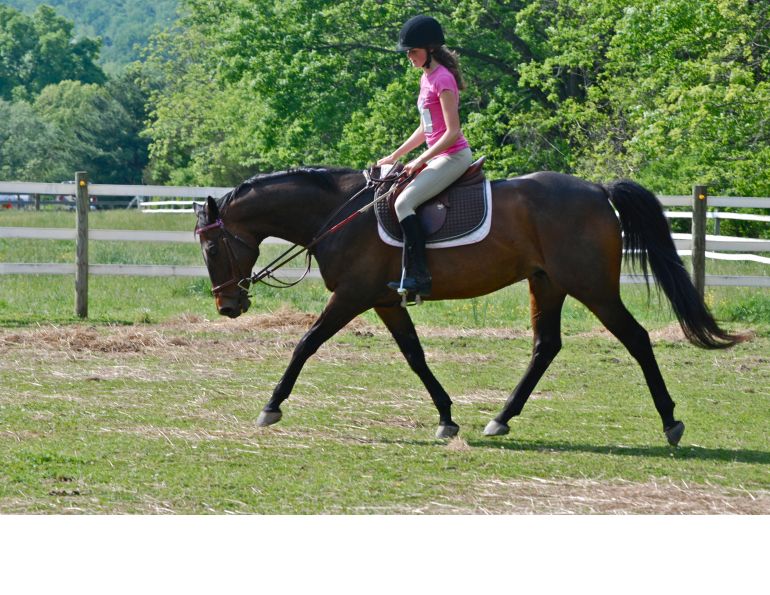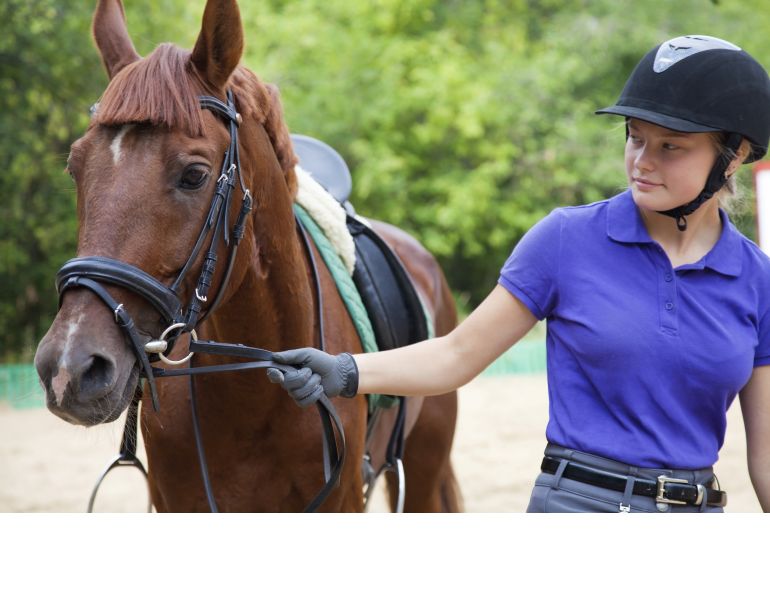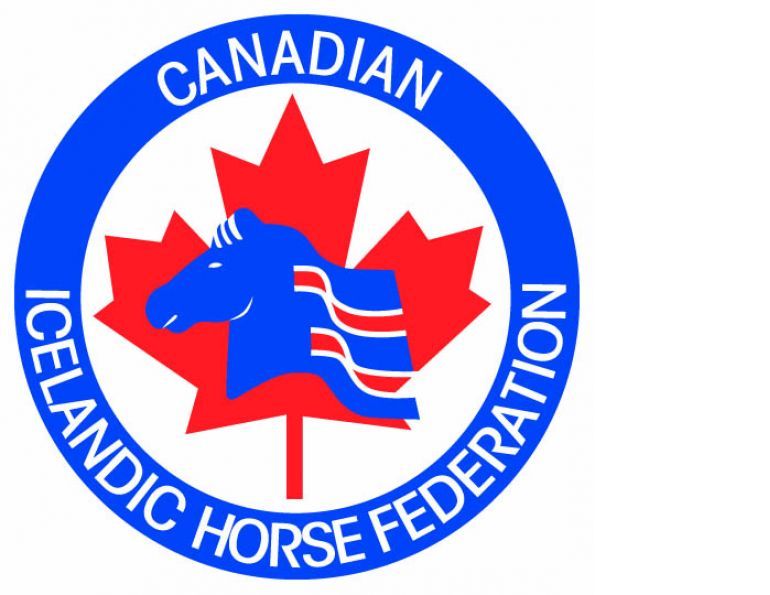By Lindsay Grice
Q: Could you give me some advice as a new coach who is starting the show season with some novice clients?
While some of these clients have their own trailers, I will ship the others to the show in my trailer.
These families are new to showing and I want to give them safety and procedure guidelines that will not overwhelm them. What are some practices you have your students follow?
A: Good for you! It is a wise coach who prepares their green competitors for all aspects of show day before it arrives. As a coach who enjoys working with novice riders, I’ve learned that there are as many issues to deal with outside the show ring as inside it. We tend to focus our practise time on getting ready for the ring — the skills, drills, and class procedures we’ll need. What we’re unprepared for is the busy environment, navigating horses and trailers going in every direction, and unfamiliar sights and sounds. This atmosphere, mixed with the inevitable adrenaline spike in horses, riders, and their support crews, creates a chaotic mix and necessitates a good plan of attack.
Write it Down
I have traditionally given new families a printout of what they can expect at a horse show, including procedures, show guidelines, as well as what they can expect of me in the way of stable responsibilities, coaching routines, etc. As a coach, here are some of the things your list might include:
- What time is the trailer leaving?
- Do they wrap their own horses for travel?
- Where do they make entries?
- What time should they meet you in the warm-up ring before each class?
- Will they need to lunge their horses on arrival?
- Where is lunging permitted?
- Do they need to feed and maintain their own horse’s stall or is that done for them?
- Can they expect you to tune up each horse on show day or only those who are in your training program?
- What is your role and what is the role of your assistant (if you have one)?
Clear the Decks
Around the stable area and grooming area at ringside, continually have your people check if there’s any equipment within radius of the horses that they could step into and cause a wreck. I’m constantly drawing riders’ attention to step stools, tack boxes, and lawn chairs — accidents waiting to happen.
Limit the number of visitors around horses and riders, particularly dogs, children, and those inexperienced with horses.
Give them Some Space
Likely each rider will be accompanied by a parent, younger siblings, and possibly non-horsey relatives as well. For safety, I suggest limiting the visitors (and dogs) around the horse, rider, and barn area, and also keeping a physical distance of two metres between young children and the horse.
An emotional distance is another suggestion; limit visiting to “down times” in the show schedule. Any rider has enough to concentrate on without the video cameras, advice, and expectations of friends and fans. Be sure the rider’s support person is comfortable with leading, bridling, and bathing before show day. I’ve seen unfortunate situations occur when an inexperienced handler loses control of a horse in a crowded, pressured situation. After all, “Dad was just trying to help…”
When tying your horse at a show, tie short and high to a solid object so the horse cannot get tangled or break free.
Be Careful Where You Tie
“Tie ‘em high and tie ‘em short,” is one of my favourite sayings. I am always amazed at how and where horses are tied (to stall doors and other things that move; low enough that they could get a foot over the lead; and to trailers with drooping hay nets or swinging doors). As a judge walking through the show grounds, I have to put my blinkers on and hope that coaches will take action before Murphy’s Law does. Not only is it a real danger to have your horse break free at a horse show, but it is a waste of everybody’s time and energy, and really embarrassing to boot!
Contents May Explode Under Pressure
Some horses are initially so bright at a horse show they are like an inflated balloon, ready to pop. An overwhelmed horse may react in an exaggerated manner. Distractions which never faze him at home can trigger his self-preservation instinct in a way that riders may not anticipate. Have the horse lunged to take the edge off before the client rides.
If in Doubt, Don’t do it!
At horse shows, you don’t have to look far to see the safety envelope being pushed: riders sitting sideways, riding bareback, or little kids being led around in the crowded practise ring. I’ve seen people riding in the barn aisle, trotting back from the show ring to the stable, and handlers changing bridles without the riders dismounted. I’ve corrected my students for bandaging their horses in the stall without having them tied up, or, similarly, picking out the stall with only the wheelbarrow across the door opening.
Making your riders aware of the routines and safety procedures to be followed at a horse show in advance will relieve you of feeling like the party pooper or drill sergeant, resulting in a lighter, safer atmosphere.
Main article photo: Robin Duncan Photography - Keep the grooming area clean and free of any equipment that may impede movement or cause a wreck.



